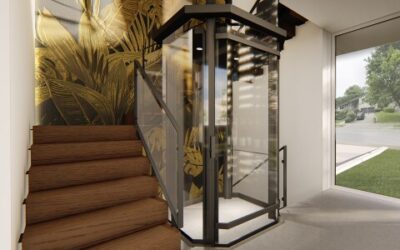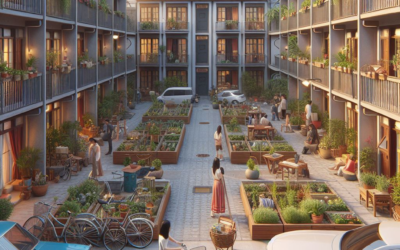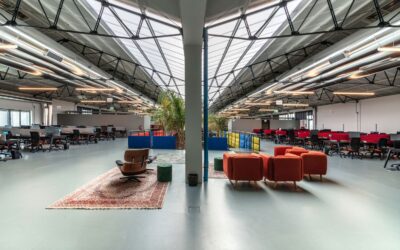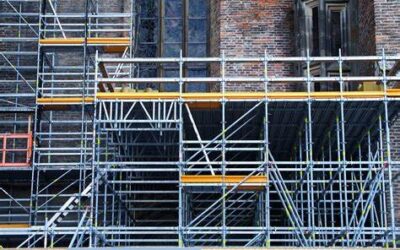Interest in mass timber is surging, and cross-laminated timber (CLT) is at the forefront of this movement. CLT, a type of engineered wood product, is strong enough to compete with concrete and steel. It’s arguably the first major structural innovation since the invention of reinforced concrete more than 150 years ago. While CLT has been in use for decades, recent concern about greenhouse-gas emissions associated with concrete and steel has led to a renewed interest in this sustainable material.
Here’s how mass timber contributes to sustainable design:
Carbon Capture and Storage: Trees capture and store carbon as they grow. When used in construction, long-lived wood products lock in carbon. By choosing mass timber over high-impact materials like concrete, we can reduce emissions.
Replacing Concrete and Steel: Mass timber products, including CLT, are strong enough to replace concrete and steel in many tall buildings. Their inherent fire-resistant properties allow for commercial-scale use.
Reducing Foundation Size: Timber buildings are lighter than their concrete counterparts, allowing for smaller foundations. While concrete remains essential for foundation systems, mass timber structures can significantly reduce the load.
Green-Building Benefits: Beyond sustainable forest management that produces mass timber, these products offer a holistic approach to reducing carbon emissions. They contribute to climate action by offsetting carbon while providing an alternative to traditional construction materials.
Forest Health and Reforestation: Increased demand for wood can support forest health restoration, mitigate forest fire risks, promote sustainable forestry practices, and drive reforestation efforts.
In summary, master planning with heavy timber as the principal building methodology not only creates beautiful structures but also aligns with sustainability goals from both a quality and constructability perspective. The resurgence of this building material holds promise for a greener future in construction.
If you are looking for further inspiration, look no further than this project underway in the UK.
UK’s “most sustainable” neighbourhood receives planning approval (dezeen.com)









